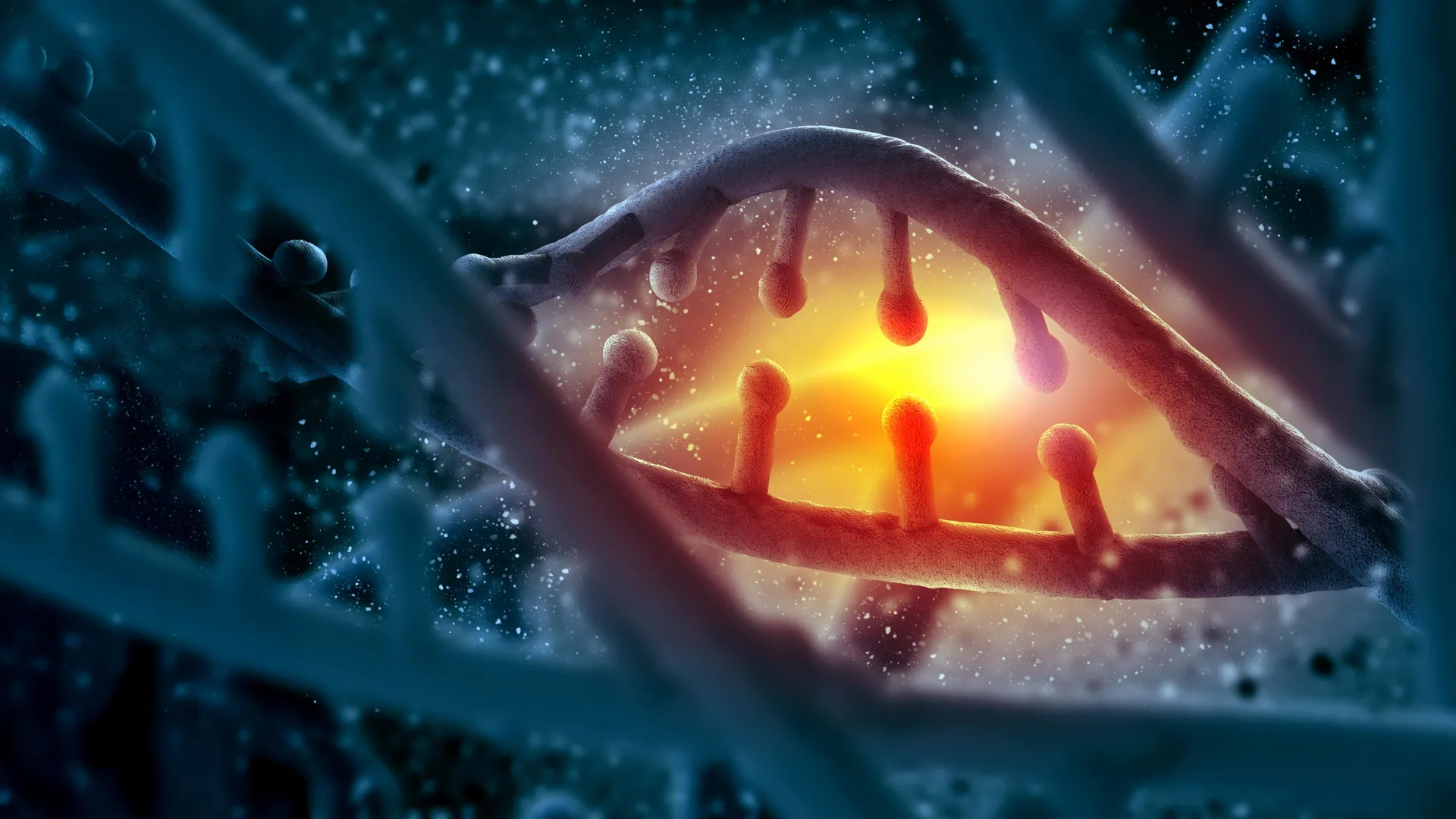Friedreich’s ataxia (FA) is an uncommon but very serious inherited condition. Symptoms usually appear in childhood or early adolescence, often between ages 5 and 15, and many affected individuals live only into their 30s or 40s. There is…

Friedreich’s ataxia (FA) is an uncommon but very serious inherited condition. Symptoms usually appear in childhood or early adolescence, often between ages 5 and 15, and many affected individuals live only into their 30s or 40s. There is…